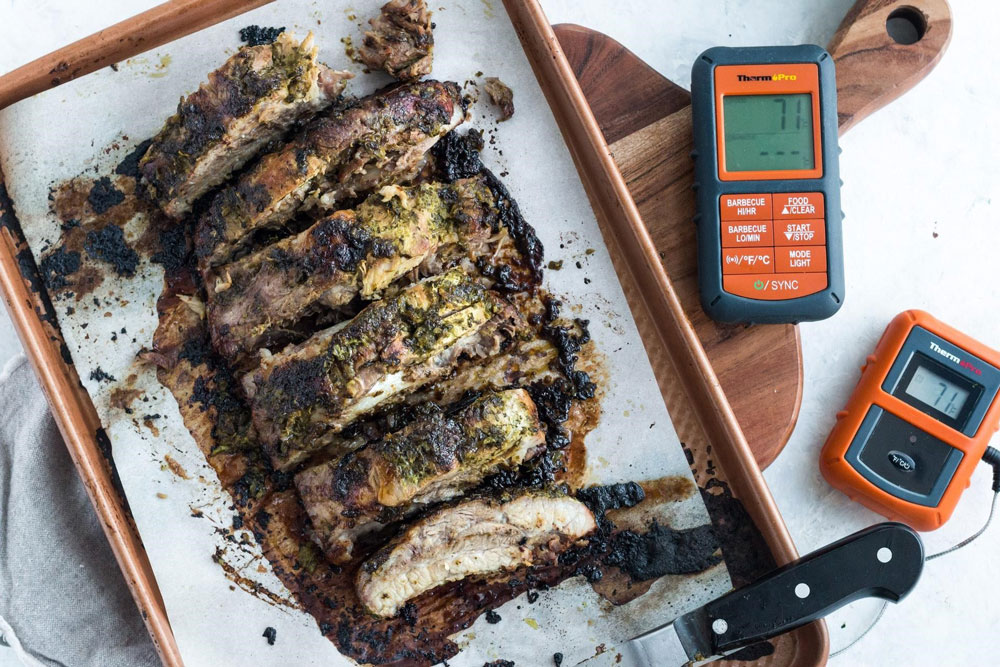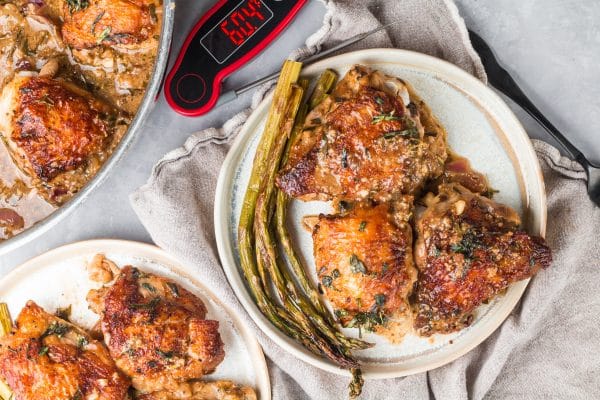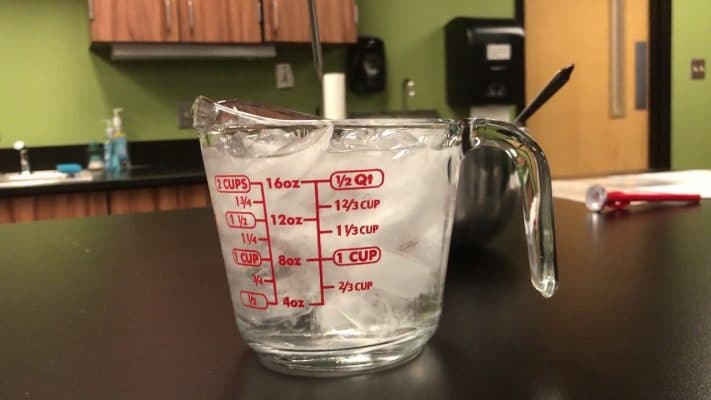The customer service team is always listening, taking notes, and quantifying complaints to ensure our products are continually improved. Due to selling directly to you, the customer, via Amazon, we can use product reviews to help us improve our existing products or help further development of new products.
Table of Contents
Learn how to use meat thermometers easily

Dos and don'ts when using your meat thermometer
Do: Choose the best thermometer that you need
Do: Place the thermometer at the right place
Choose the thickest part of the meat, usually at the center, before placing the thermometer. insert the probe by around ½ or 1 inch and check if the measurement falls into the right temperature to know whether it is done or it still needs some extra time cooking. Check out this guide for ensuring food safety and the right temperatures for meat, fish, and chicken.
Do: Check the meat temperature early and often
You would need to check the right temperature early and often. It doesn’t hurt to check the temperature from time to time. Checking the temperature earlier can help you gauge how long you should cook the food, while checking it often can let you know if the meat is cooking thoroughly on the inside, too.
Do: Calibrate your thermometer
As mentioned earlier, you would need to calibrate your meat thermometer from time to time, just in case you encounter an error. Try dipping the tip in ice water and it should get a reading of 32°F or 0°C to see if your thermometer works fine. In case you encounter any errors, you can restart your device and follow the instructions in the product manual.
Don’t: Hit the fat and bone with the thermometer
If you hit the bone to read the temperature, you will get 10 degrees lower than the rest of the body. This is because the meat heats up faster than the bone which can result in inaccurate reading. So, stay away from the bone and fat part of the meat to take accurate temperature using a meat thermometer.
Don’t: Forget to take out the meat a few minutes earlier
Get the meat a few minutes before it’s done. Give the meat some time to rest and let its internal heat cook it thoroughly for at least five to 10 minutes. This would be effective for larger cuts of meat. Smaller meat cuts are easier to cook so you won’t need to worry whether it was cooked thoroughly.
Don’t: Forget to measure temperature on multiple spots
To get a more accurate temperature reading, you should measure on multiple spots of the meat, especially when you’re cooking a big chunk of it.
How to maintain a meat thermometer?
- Using cook spray
- Bar soap
- Alcohol wipes
- White vinegar
- Alcohol swab
- Boiling water
- Chlorine bleach and water









